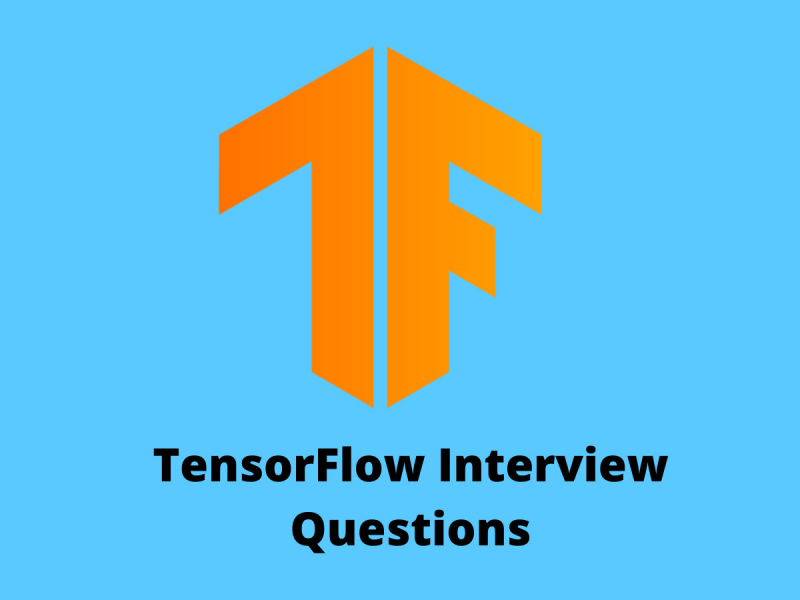What is TensorFlow?
TensorFlow is an open-source machine learning platform for creating large-scale neural networks with many layers. It is developed by Google Brain Team and released under Apache License 2.0. You can use TensorFlow for Classification, Perception, Understanding, Discovering, Prediction and Creation.

